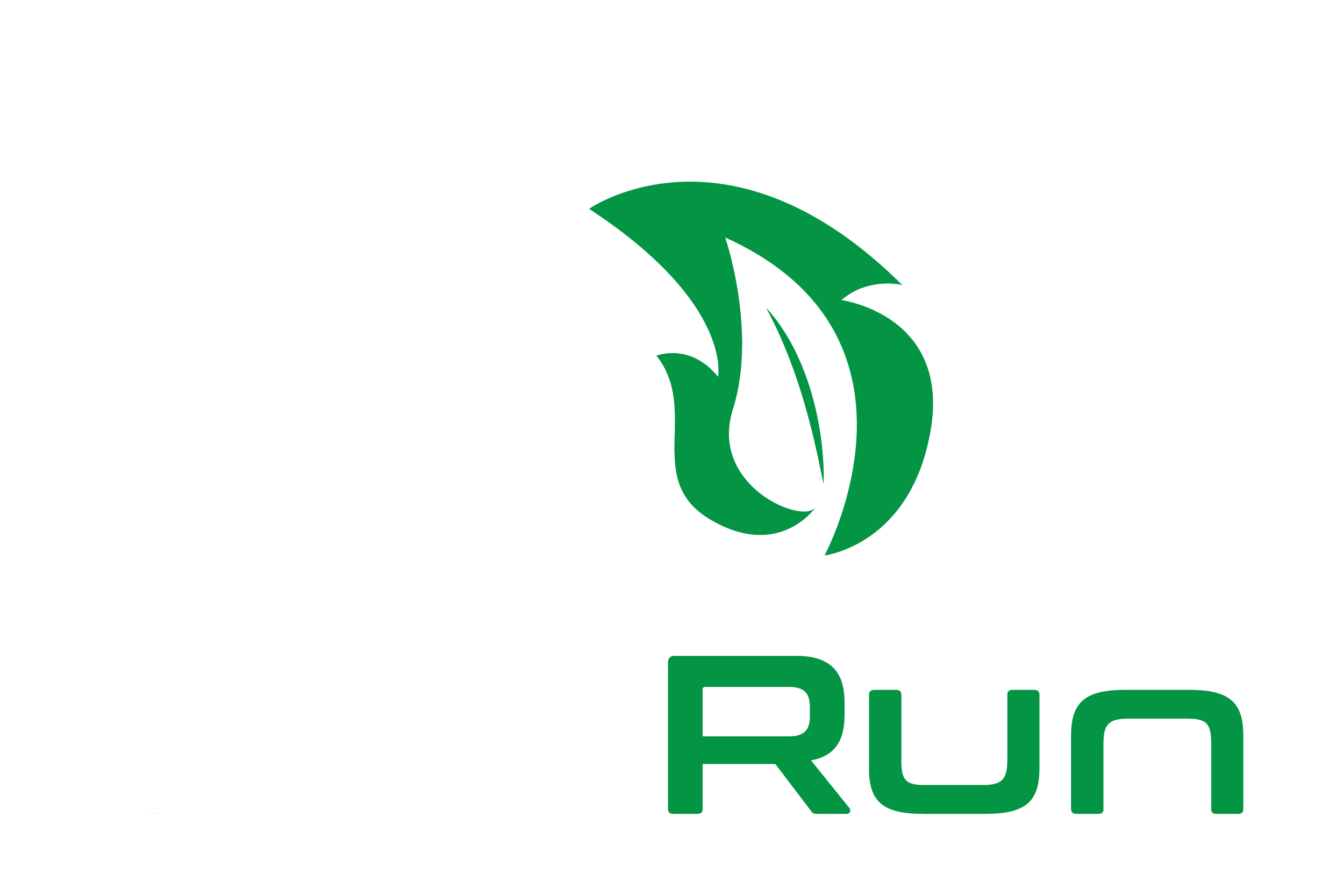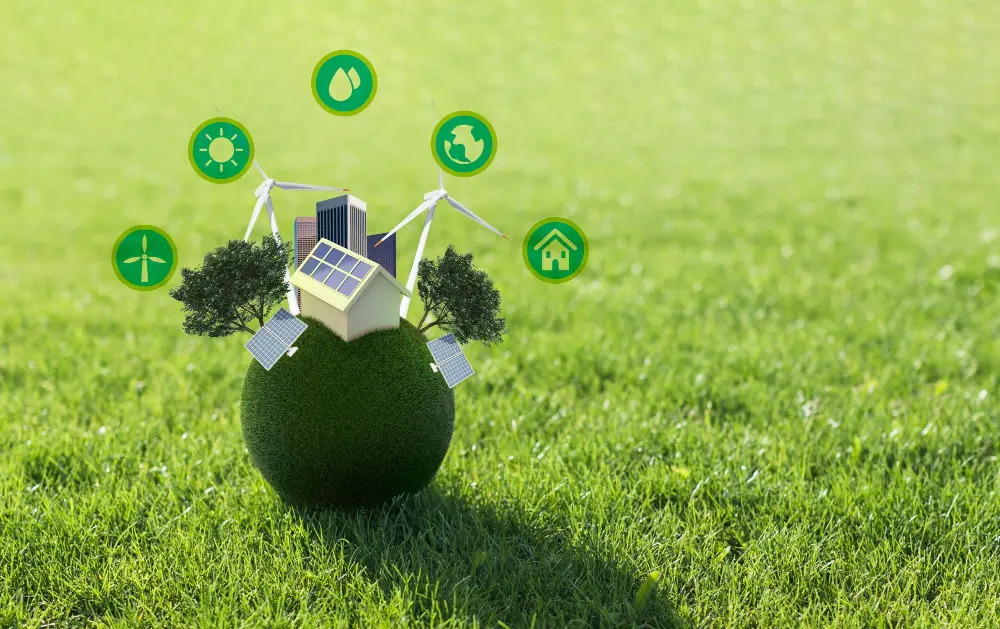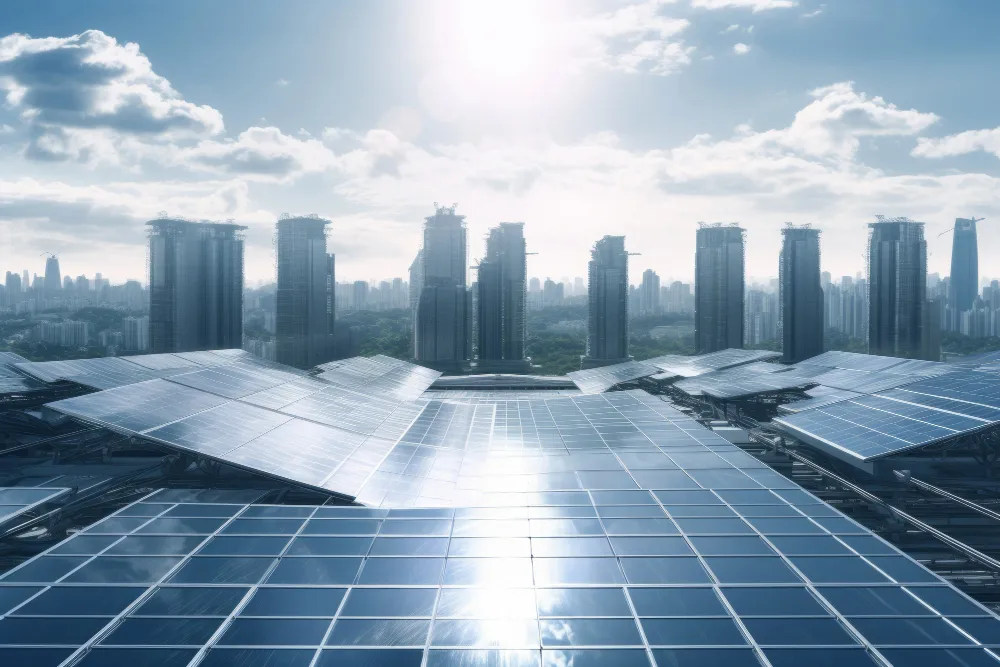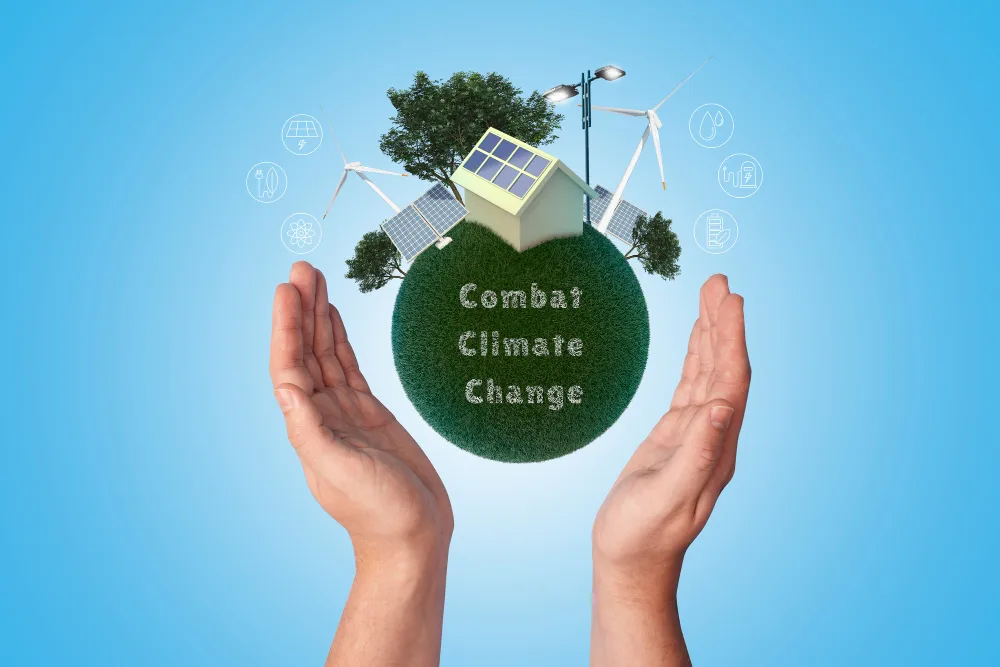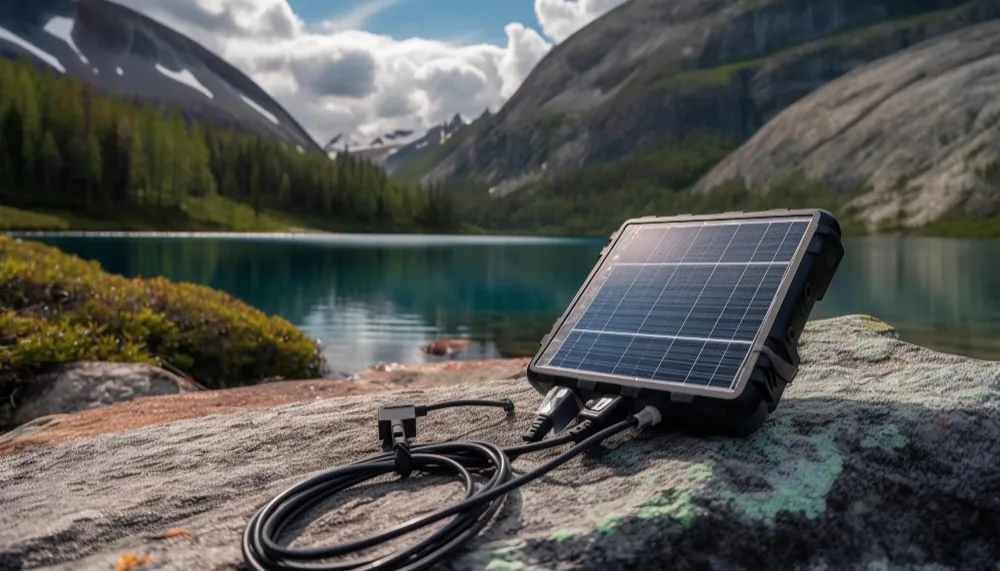In the global quest for sustainable energy sources, wind and solar power have emerged as leading contenders. Each offers distinct advantages and challenges, but when combined, they can create a formidable renewable energy solution greater than the sum of its parts. This integration of wind and solar energy holds the potential to change the way we generate electricity paving the path towards a greener and more resilient future.
Harnessing wind and solar energy simultaneously capitalises on their complementary characteristics. While solar power peaks during the day when the sun is shining brightest, wind energy often reaches its maximum potential during the night or in stormy weather conditions. By combining the two, we can achieve a more consistent and reliable energy supply lowering the off and on issues that plague standalone renewable energy systems.
One of the most effective ways to integrate wind and solar energy is through hybrid renewable energy systems. These systems typically consist of wind turbines and solar panels installed in close proximity sharing common infrastructure such as transmission lines and energy storage facilities. By strategically designing and operating these hybrid systems, we can optimise energy production and enhance grid stability.
One approach to combining wind and solar energy is through hybrid power plants where wind turbines and solar panels are co-located on the same site. This arrangement allows for efficient land use and infrastructure sharing reducing costs and environmental impacts. Additionally, hybrid power plants can leverage existing grid connections and infrastructure streamlining the integration process.
Another strategy is hybridising existing wind and solar farms by meshing them with complementary technologies. For example, wind farms can be equipped with solar panels on their land or rooftops, while solar farms can integrate wind turbines into their layout. By retrofitting existing infrastructure, we can maximise energy output and optimise resource utilisation without the need for extensive land acquisition or development.
In addition to physical integration, advanced control and optimisation algorithms play a crucial role in maximising the overlap of wind and solar energy. These algorithms continuously monitor weather forecasts, energy demand, and system performance to dynamically adjust the operation of wind turbines and solar panels for optimal efficiency. By intelligently balancing generation and storage, these smart control systems ensure a reliable and resilient power supply while minimising costs and environmental impacts.
Energy storage also plays a vital role in enabling the seamless integration of wind and solar energy. Batteries, pumped hydro storage, and other energy storage technologies allow excess energy generated during periods of high wind or solar output to be stored for later use when energy demand exceeds generation. By pairing renewable energy generation with energy storage, we can overcome the variability inherent in wind and solar power, providing a stable and dispatchable energy supply.
Furthermore, hybrid renewable energy systems can offer additional benefits beyond electricity generation. For example, co-locating wind and solar facilities can create synergetics in land use, ecosystem services and community development. Wind and solar farms can provide opportunities for agricultural or recreational activities, enhance biodiversity through habitat restoration initiatives and stimulate local economies through job creation and infrastructure investments.
The integration of wind and solar energy holds immense promise for a renewable future. By combining these two abundant and complimentary resources, we can create a more resilient, reliable and sustainable energy system. Through innovative technologies, strategic planning, and collaborative efforts, we can harness the common zone between wind and solar power to power a brighter tomorrow for generations to come.
